Table of Contents
1Phonics is one of the five essential components of the science of reading, along with phonemic awareness, fluency, vocabulary, and reading comprehension. Phonics activities help young learners break words into their constituent sounds so they build their literacy skills, bit by bit. Here are some of our favorite ways to teach these key skills.
1. Sing a phonics song
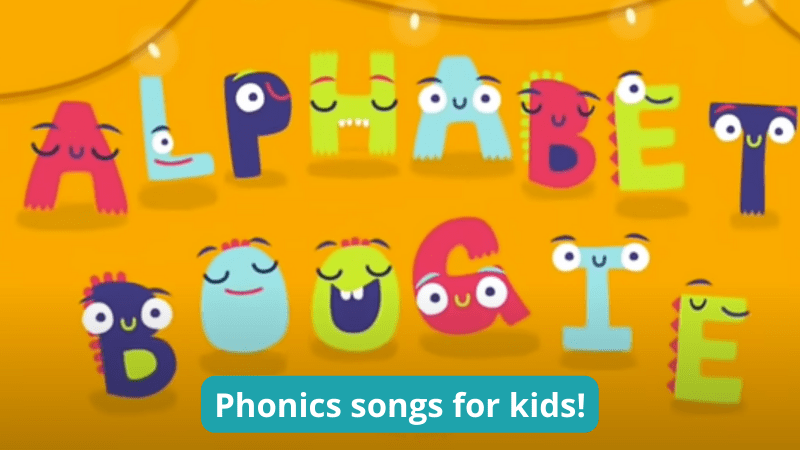
Singing songs is such a fun and effective way to learn! Kids will love these phonics song videos and might not even realize they’re learning along the way.
2. Color in the beginning sounds

Most kids start learning phonics by mastering the beginning sounds of words. Have kids color in the words that start with the matching sound on these cute and free worksheets.
Learn more: The Measured Mom—Beginning Sounds Coloring Pages
3. Play a digital game

Looking for a gamified phonics activity? Try Duolingo ABC. It’s actually a comprehensive phonics curriculum for grades pre-K to 2, based on recommendations from the National Reading Panel, but it feels like a game. Just download the free app, and your students can learn letter sounds and decoding with fun, bite-size lessons.
Learn more: Duolingo ABC
4. Use Google Slides

Google Slides has tons of fun phonics activities kids can use in the classroom or at home. Find a big roundup of our favorites here.
5. Hang some anchor charts

When it comes to phonics, there’s a lot to learn. Post anchor charts around the room to help kids remember important rules like silent E, vowel blends, and hard and soft C and G. Find all our favorite phonics anchor charts here.
6. Build words with a chart of beginning sounds

Grab this free printable chart and print out copies for your students to use with their phonics activities. There’s a version for rimes too.
Learn more: This Reading Mama—Beginning Sounds Chart
7. Learn digraphs with clip wheels
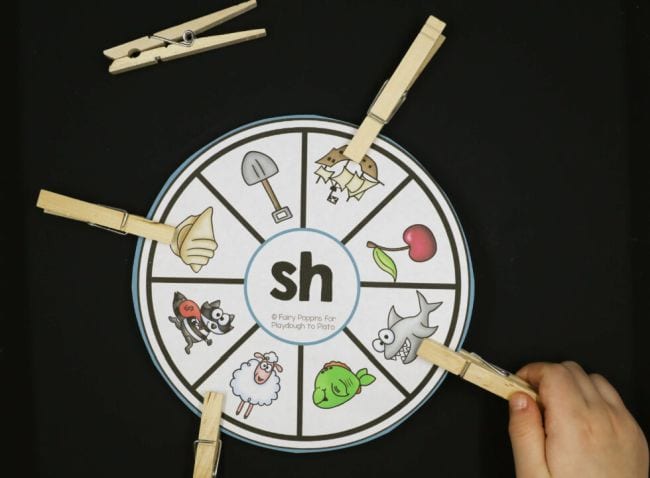
Combine fine motor skills practice with phonics work with these free beginning digraph wheels. Tip: Add small dots on the back to mark the right answers so kids can self-correct their work.
Learn more: Playdough to Plato
8. Slap the letter sounds
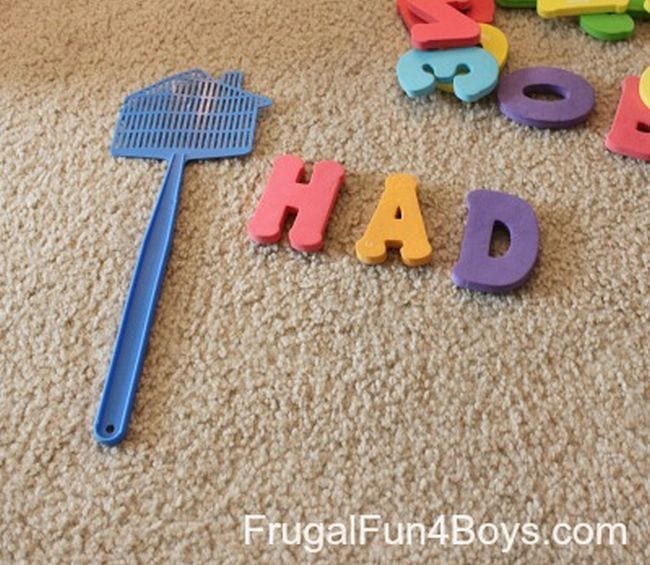
Sounding out words letter by letter is a lot more fun when you slap each letter with a flyswatter! This is a great idea for active learners.
Learn more: Frugal Fun 4 Boys
9. Walk the word

This one will also keep active learners moving and happy! Write words in sidewalk chalk, then walk (or hop or skip) along them, sounding the word out along the way. Simple but fun!
Learn more: Coffee Cups and Crayons
10. Fill in the missing letters

This active game combines a scavenger hunt with phonics! Hide sticky notes around the room with various vowels. Then, write CVC words with the vowels missing. Have kids hunt for the missing sounds and fill them in. Fun!
Learn more: Busy Toddler
11. Just swap one letter

As students move from box to box, they change one letter to make the new word represented by the picture. They might need to change the first, middle, or last letter, so it’s a real challenge!
Learn more: This Reading Mama—Just Swap One
12. Make magic spoons

Pick up a pack of plastic spoons at the dollar store, then use them to practice building words by combining beginning sounds with word endings.
Learn more: Education to the Core
13. Toss and blend with plastic cups

Grab a stack of plastic cups and some Ping-Pong balls for this fun phonics game! Label the cups with different letter blends and set them out (tape them down if they tend to fall over). Kids toss a ball into a cup, then come up with a word that uses that letter blend to earn a point.
Learn more: Education.com
14. Flip the pages
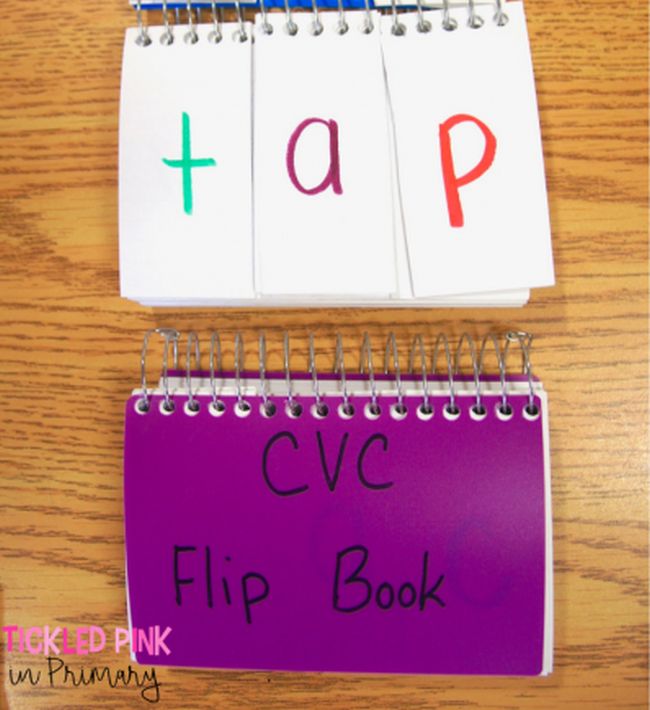
Divide the pages of a small notebook into thirds, then write letters on each page. Flip them to form new words.
Learn more: Tickled Pink in Primary
15. Mix and match cups to make words

If you’ve still got some cups left over, label them with more letters or letter blends, then use them to mix and match words. This is an especially fun way to work on CVC and sight words.
Learn more: Inspired Elementary
16. Hack pool noodles into phonics tools

This has got to be one of our favorite phonics activities. Cut a pool noodle into pieces and label it with letters. Then stack and spin for learning fun!
Learn more: Pool Noodle Phonics
17. Make some phonics cubes

Slide the free printable inserts into a set of photo cubes, then roll until you get the correct combination of letter and word ending.
Learn more: This Reading Mama—Phonics Cubes
18. Use paint stirrers to make word pull-outs

These clever phonics tools are easy to make using paint stirrer sticks and paper towel tubes. Simply slide the stick in and out to make new words!
Learn more: I Can Teach My Child
19. Play a flip-top phonics game

If you go through packages of wipes like most parents do, you’ll appreciate this idea. Save the flip tops and use them for DIY phonics activities.
Learn more: No Time for Flash Cards
20. Use a pocket chart for phonics activities

Here’s another reason teachers love pocket charts: They’re great for phonics centers. Sort and match cards to practice beginning sounds, blends, short and long vowels, and so much more.
Learn more: Miss Giraffe’s Class
21. Compete at Blends and Digraphs Bingo

Every kid loves a good game of bingo! Snag these free printable bingo cards and use them to practice blends and digraphs.
Learn more: The Measured Mom—Blends and Digraphs Bingo
22. Toss some phonics water balloons

This one almost seems too fun to count as learning! Tape up beginning sounds, then toss water balloons to complete the words.
Learn more: Mess for Less
23. Race to the Top with blends and digraphs

Play this free printable game to practice consonant blends. Toss a chip onto the board and say that word out loud. Then move the counter for the correct blend up one space. First to the top wins!
Learn more: This Reading Mama—Blends and Digraphs Games
24. Try locks and keys to learn phonics

This self-correcting phonics activity is also a good way to practice fine motor skills … and a lot of fun to boot! Label keys with beginning sounds and locks with word endings, then match them up and try the key to see if you’re right.
Learn more: Unlock and Learn Games
25. Play Phonogram Connect Four

Draw a word card and find an open phonogram slot on the board. Your goal is to get four in a row!
Learn more: Mrs. T’s First Grade Class
26. Teach them the Soft C & G Chant
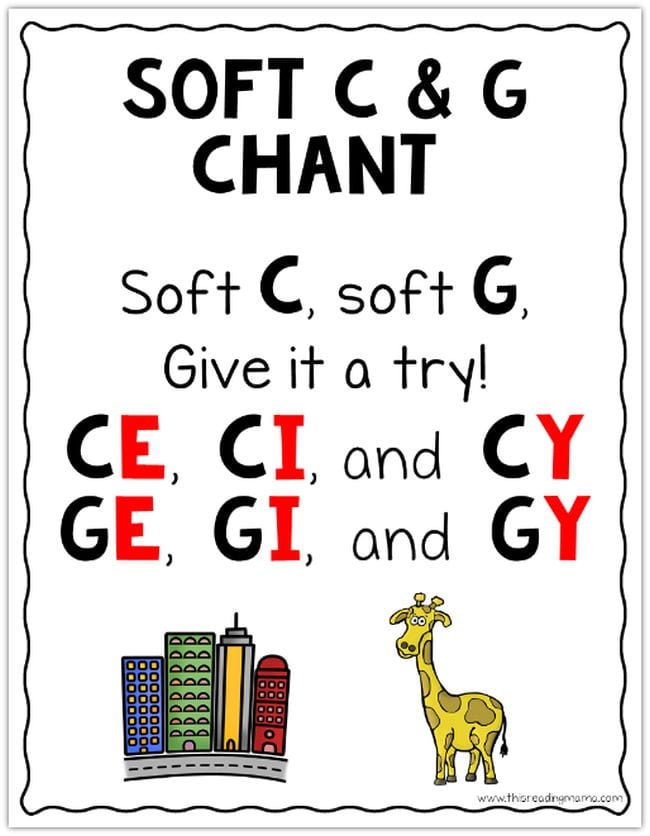
Simple little chants like this will help kids remember some of those confusing language rules. Pair it with other favorites like “I before E, except after C.”
Learn more: This Reading Mama—Soft C and G





More Stories
How Busy Parents Can Unlock Extraordinary Growth in Their Child’s Education
How Special Needs Advocates Empower Families
Why Special Needs Preschools Are Essential for Growth